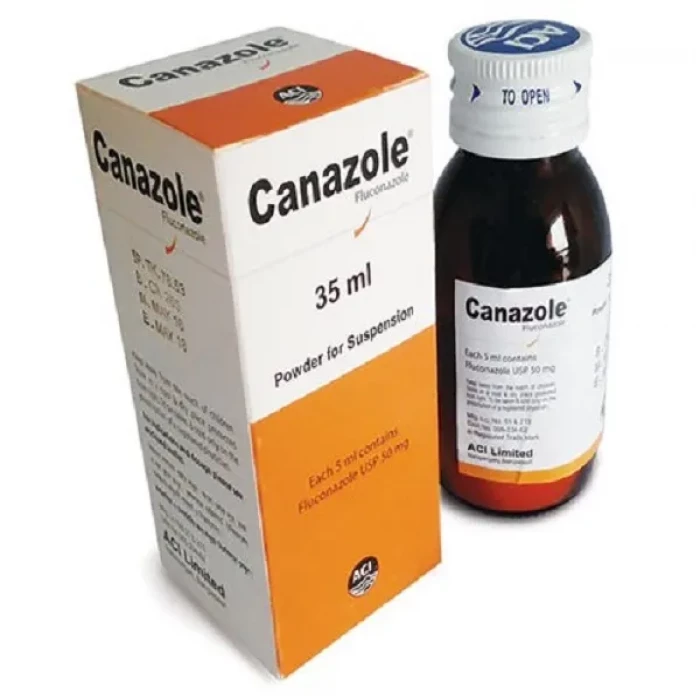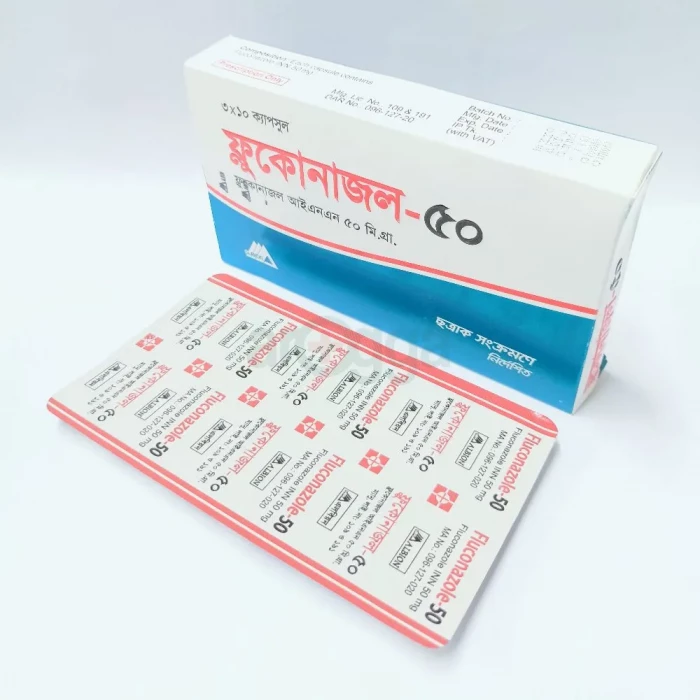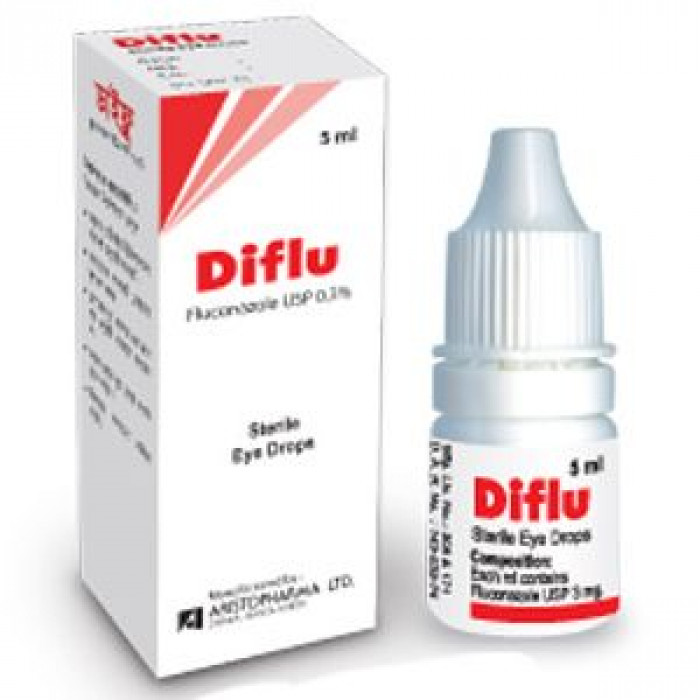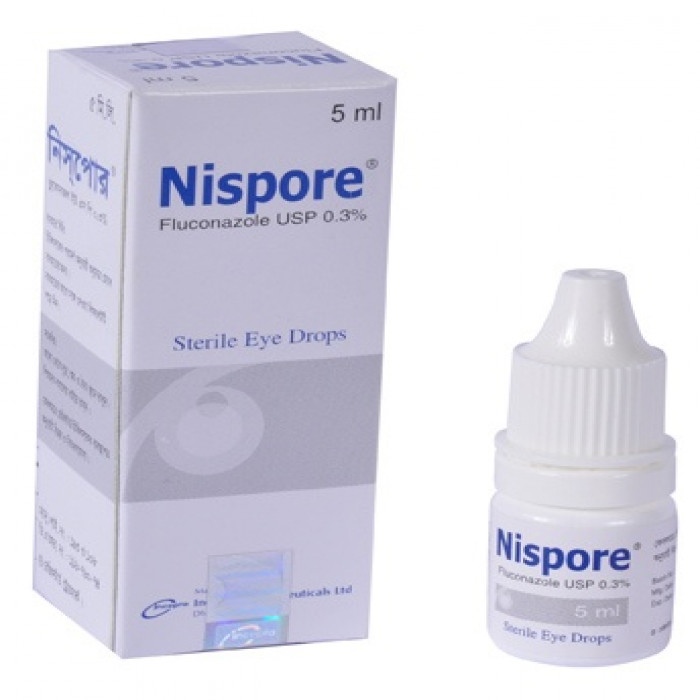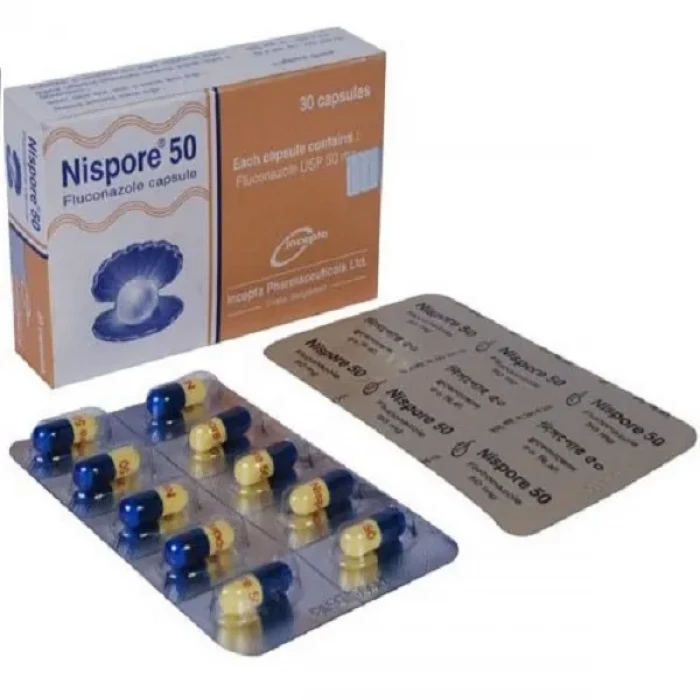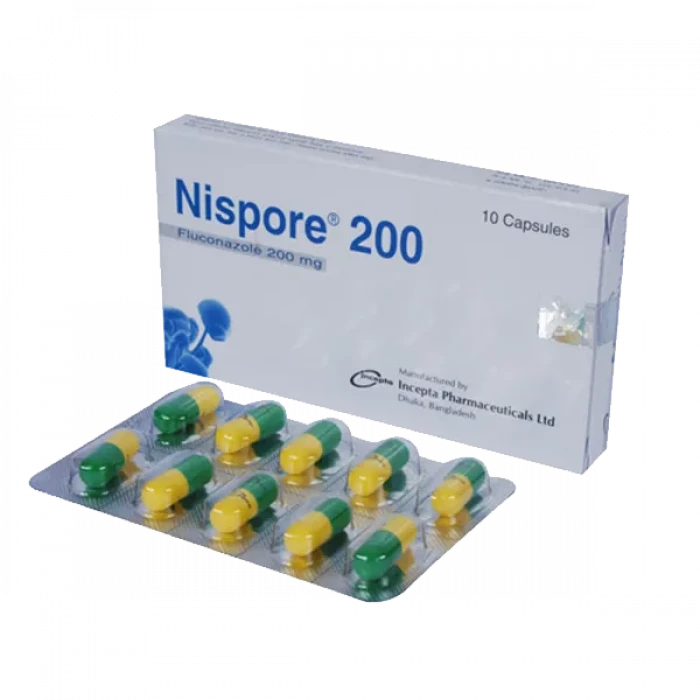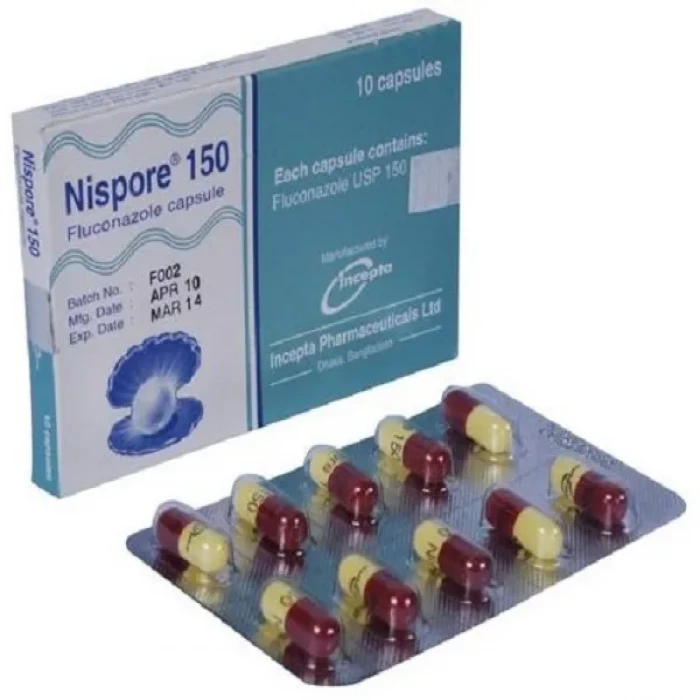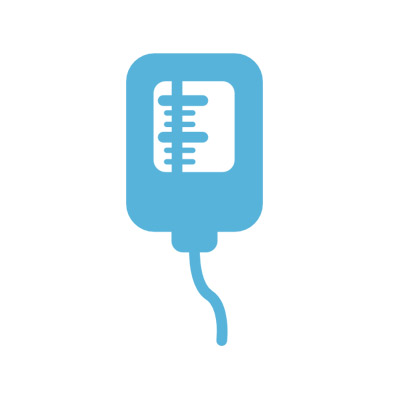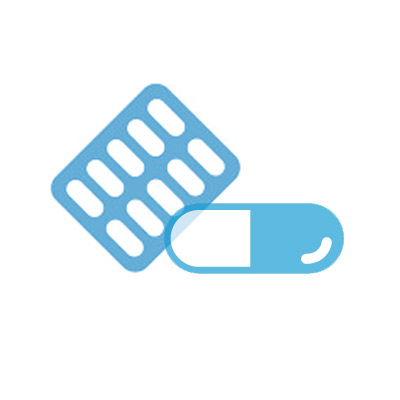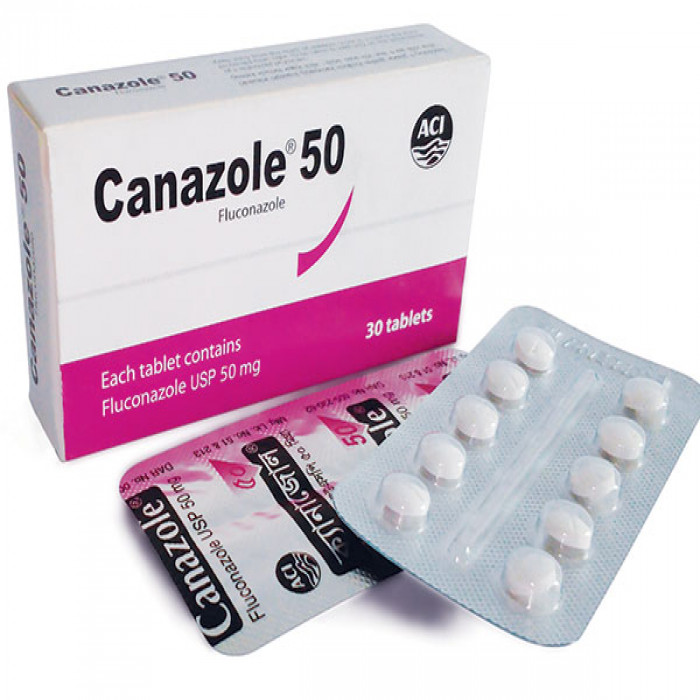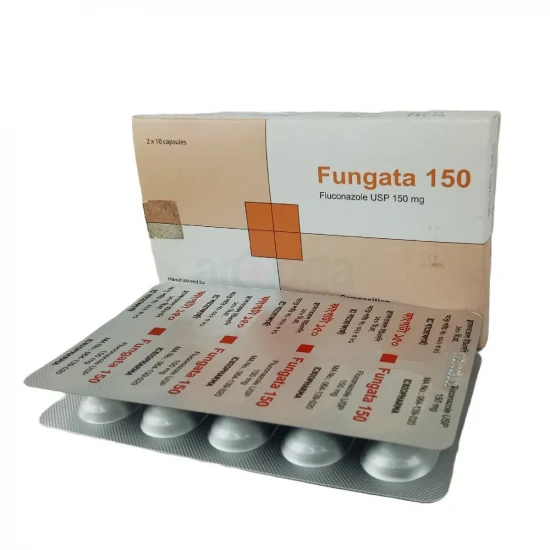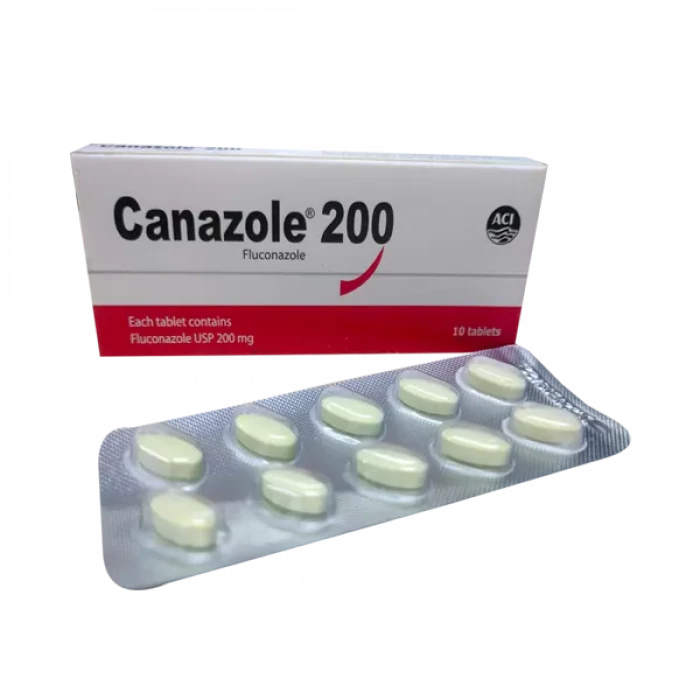
✔ 100% Authentic Product
👁️ Currently Viewing 2279
✅ Description:
Indication
Canazole is indicated for acute or recurrent vaginal candidiasis, mucosal candidiasis e.g. oropharyngeal, esophageal, noninvasive bronchopulmonary infections. Dermal tinea infections e.g. tinea pedis, tinea corporis, tinea cruris, tinea versicolor. Systemic candidiasis e.g. candidaemia, disseminated candidiasis. Cryptococcosis including cryptococcal meningitis and infections of other sites (e.g. pulmonary, cutaneous). For the prevention of fungal infections in patients with compromised immune function, patients with AIDS, organ transplant or other causes of immunosuppression.
Pharmacology
Fluconazole is a triazole antifungal that is used to treat fungal infections. It's a strong inhibitor of cytochrome P-450-dependent enzymes in fungi. The ergosterol synthesis is carried out by the Cytochrome P-450 enzyme system, which is an important component of the fungal cell membrane.
Dosage and administration
The daily dose of Canazole should be based on the nature and severity of the fungal infections.
Adult:
Vaginal candidiasis: A single dose of 150 mg.
Tinea pedis, tinea corporis, tinea cruris: Recommended dose is 150 mg/week for 4-6 weeks, for tinea versicolor 400 mg single dose for 5 days.
Onychomycosis: 150 mg per week for 12 months.
Cryptococcal meningitis: 400mg on the first day followed by 200 mg or 400 mg once daily based on medical judgment of the patient's response to therapy up to 10-12 weeks after cerebrospinal fluid becomes culture negative.
Oropharyngeal candidiasis: 200 mg on the first day followed by 100 mg once daily should be continued for at least 14 days.
Esophageal candidiasis: 200 mg on the first day followed by 100 mg-400 mg once daily based on medical judgment of the patient's response to therapy. Treatment should continue for a minimum of three weeks and for at least two weeks following resolution of symptoms.
Systemic candidiasis: The daily doses up to 400 mg based on medical judgment of thepatient's response to therapy.
Prophylaxis in patients undergoing bone marrow transplantation: 400 mg once daily.
Children:
Mucosal candidiasis
Children 12-18 years: 50 mg daily for 7-14 days for oropharyngeal candidiasis and 14-30 days for other mucosal infections.
Children 1 month-12 years: 3-6mg/kg on first day then 3 mg/kg daily for 7-14 days for oropharyngeal candidiasis and 14-30 days for other mucosal infections. Neonate 2-4 weeks: 3- 6mg/kg on first day then 3 mg/kg every 48 hours. Neonate under 2 weeks: 3-6mg/kg on first day then 3 mg/kg every 72 hours.
Vaginal candidiasis
Children 16 -18 years: A single dose of 150 mg. Children under 16 years: A single dose of 150 mg.
Candidal balanitis
Children 16 -18 years: A single dose of 150 mg. Tinea pedis, corporis, cruris, pityriasis versicolor, and dermal candidiasis
Children 1 month-18 years: 3mg/kg daily for 2-4 weeks (for up to 6 weeks in tinea pedis); maximum duration of treatment 6 weeks. Invasive candidal infections (including candidaemia and disseminated candidiasis) and cryptococcal infections (including meningitis)
Child 1 month-18 years: 6-12 mg/kg (maximum 800 mg) daily, treatment continued according to response (at least 8 weeks for cryptococcal meningitis). Neonate 2-4 weeks: 6-12 mg/kg every 48 hours, treatment continued according to response (at least 8 weeks for cryptococcal meningitis).
Neonate under 2 weeks: 6-12 mg/kg every 72 hours, treatment continued according to response (at least 8 weeks for cryptococcal meningitis). Prevention of fungal infections in immunocompromised patients
Child 1 month-18 years: According to extent and duration of neutropenia, 3-12 mg/kg (maximum 400 mg) daily; 12 mg/kg (maximum 400 mg) daily if high risk of systemic infections e.g. following bone-marrow transplantation; commence treatment before anticipated onset of neutropenia and continue for 7 days after neutrophil count in desirable range.
Neonate 2-4 weeks: According to extent and duration of neutropenia, 3-12 mg/kg every 48 hours.
Neonate under 2 weeks: According to extent and duration of neutropenia, 3-12 mg/kg every 72 hours.
Pregnancy & Lactation
Fluconazole is pregnancy Category C. Fluconazole should be used in pregnancy only if the potential benefit justifies the possible risk to the fetus. Use of Fluconazole in nursing mothers is not recommended.
Side effects
Fluconazole is generally well tolerated. The most common side effects associated with Fluconazole are symptoms associated with the gastro intestinal tract e.g. nausea, abdominal discomfort, diarrhea, headache, vomiting and flatulence. Other adverse effects such as rash are rarely encountered (incidence less than 1%).
Contraindications
Fluconazole is contraindicated in patients who have known hypersensitivity to Fluconazole or to any of its excipients. There is no information regarding cross-hypersensitivity between Fluconazole and other azole antifungal agents.
Interaction
Fluconazole concentration in plasma reduces by rifampicin but the effect of nicoumalone, phenytoin and warfarin is enhanced. Plasma concentration of sulphonylureas and theophyline is possibly increased.
Precautions & Warnings
Fluconazole should be administered with caution to patients having proarrhythmic conditions.
Storage Conditions
Keep away from light and heat in a dry location. Keep out of children's reach.
⚠️Disclaimer:
At ePharma, we’re committed to providing accurate and accessible health information. However, all content is intended for informational purposes only and should not replace medical advice from a qualified physician. Please consult your healthcare provider for personalized guidance. We aim to support, not substitute, the doctor-patient relationship.




